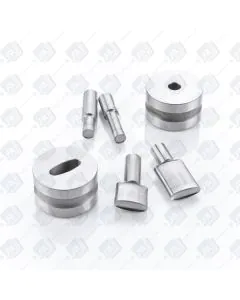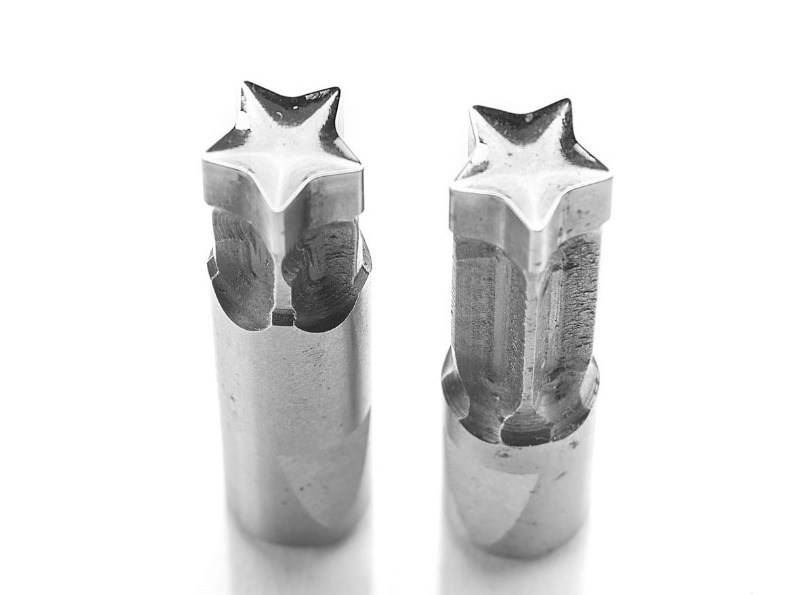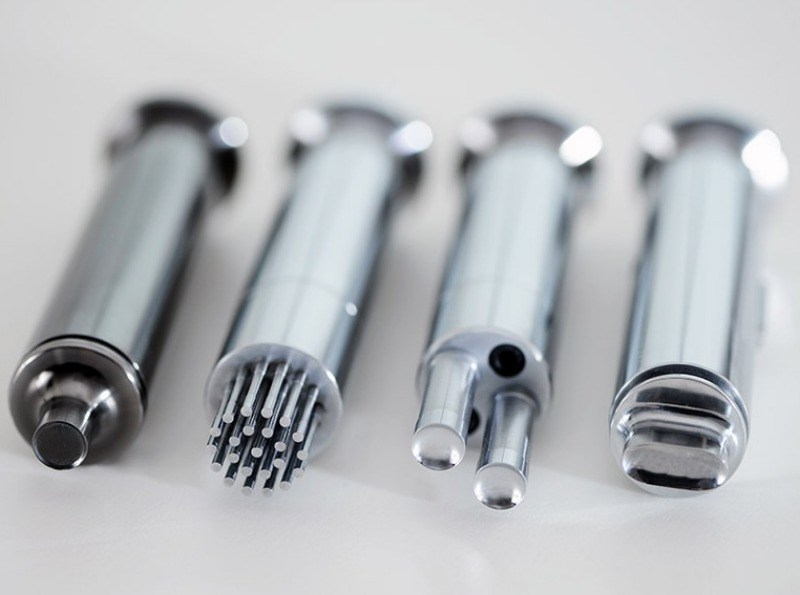Tablet Designs – Should you stop making round tablets?
The design of tablets requires careful research and understanding especially with respect to the shape of the tablets. Even tiny variations can have a direct impact not only on the cost of production but also on patient’s acceptance, which can lead to either the success or failure of the product.
The tablet’s design can affect the production and as suppliers of tablet-making and packaging machinery we often ask on the basis of what research has a particular design or shape has been proposed. An unsuitable design can cost $$millions to set up and lead to problems developing in the future. Although most companies carry out due diligence when proposing the size and shape of the tablet, lack of understanding can have profound consequences for the manufacture and acceptance of the product.
Some organizations design their tablet in a certain way in the hopes of achieving customer recognition and loyalty; this is driven primarily by marketing. Tablets that are designed for specific end-users include the ‘break-easy’ bisect design or 3-dimensional multivitamins aimed mainly at younger patients. Tablets can be designed specifically for technical applications such as airbags, watch batteries or desiccants whereas some organizations need a tablet shape-engineered in order to provide simple and unhindered production, an example of which are simple customary rounds.
Certain designs can damage tools and press functions, which can result to significant expenses to the production unit. The same can also be said about packaging as an error in the design can cause chipping, clogging or dust to accumulate in the package. It is for these reasons that the tablet shape should be considered carefully not only in terms of the initial manufacturing phase but through the lifetime of the product. Even if the tablet is designed in simple fashion, it is possible for manufacturers to add extra features that may be more cost-effective than adopting a more radical design from the outset.
Tablet Scoring
Tablets can be scored so they bisect and can be split in two by the end user. This increases the versatility of a reference tablet. In adding a bisect to the design of tablets, it is important to configure the thickness, bisect type, hardness, placement and depth as these all affect the uniformity of the dose in a split tablet. Careful attention needs to be paid to score design as it can cause the tablet to chip or its edges to weaken when patients try to break the tablet, and at worse lead to two half-tablets that are of differing dose.
In deciding the depth and type score, the width, diameter and overall thickness of the table need to be taken into consideration. It is particularly important to know the tablet’s thickness to judge how deep the score should be in order to make an accurate break. If the tablet is excessively thick, its diameter should be increased to make a thinner tablet with the same amount of material. The objective should be to achieve an accurate break and an equal dose in the two halves when the tablet is split.
If a manufacturer it producing a generic brand of common tablet, it is important that the tablet closely resembles the original reference tablet. Patients are more compliant likely to accept medication of a generic brand if it resembles the original. Close matching between original and generic brand also reduces the likelihood of errors during dispensing.
Zapisz się do naszego newslettera
Duplication
There is a variety of reasons why the shape of a tablet should be considered if a particular product or brand is duplicated. Apart from being readily accepted by the public, it is also important to take into consideration the physical characteristics of the tablet to ensure that patients would be able to take the tablet comfortably. It has been well documented, for example that patients find it hard to swallow 8mm diameter tablets. Ovals and other shapes are easier to swallow and have faster transit times. The USA Federal Drug Agency, for example, has already issued guidelines that manufacturers should follow in developing their products. The FDA suggests that should there be a way to improve and make it easier for patients to take the drugs, then modification of drug design should be implemented.
Other factors that should be considered in proposing the design of tables include the weight, friability, and dissolution rate of the product as well as its transit time and prospective shelf-life. Once these parameters are considered, then consideration can be given to production and packaging – the appropriate specialists should be brought in by the design team to ensure that the package design would not cause sticking, chipping or sticking of the tablet. Teamwork is essential to successful production. The aim should be for simplicity in production, so as to lower production costs, and reduce operator time (so that operators can concentrate on production quality rather than on troubleshooting problems).
Configuration
Whether the tablet is branded or generic, simple design features can provide excellent patient experience as well as cost savings to the company.
Bevelled Edge
One of the common problems encountered in duplicating a design is when the original design is weak. This happens when the company tries to copy a design that is already in their portfolio for an alternative product. One example is the flat faced Bevel edge or FFBE. This design was developed as a substitute to the more common flat face design. As production for tablet increased, companies adopting the FFBE design found that it was necessary to modify the edge for the attrition that occurs on flat face tablets. Edge attrition happens when the punch tool enters the compression cycle in a tablet press and pushes the powder to the outside area of the punch tip and towards the die wall. The powder that moves to the edge of the punch tip could end up extruded through the punch and die, rather than being included in the compressed tablet.
The FFBE design provides benefit in that powder that during the tablet compression, powder is guided into the tablet from the edge, thereby leading to soft edges of the table. This design however has a flaw as well – punch weakness. The lack of cup depth can limit the compressive force in order to prevent the tip from bending and distorting.
Radius Edge
Another alternative to the FFBE is the FFRE or the flat face radius edge. The FFRE allows a substantial compressive force to be applied without causing damage to the punch die when producing flat face tablets. The FFRE should be used when producing flat face tablets as it provides a uniform hardness, reduces spots and discoloration of the tablet’s top as well as causing the powder to have a natural flow across the radius.
In replacing the bevel edge with the radius edge, it allows for the maximum compression force to almost double and alleviate certain conditions such as sticking. The design’s advantage helps eliminate problems especially when high compression force is needed.
The FFRE can also improve customer acceptance. Tablets that are manufactured using this tool has a more softer look to it as well as a better and more improved feel to it which is highly desirable. The difference between the FFBE and FFRE is subtle and quite unnoticeable. As a result, it may eventually be used for all new flat face designs of non-coated tablets and may make the FFBE obsolete in time.
Concave bevel edge
The Concave bevel edge or CCBE also benefits from the application of the radius edge. The CCBE is often used for round shaped tablets as it helps with lessening edge attrition during coating. Applying the FFRE would help make the tablet design better and allow maximum compression force. By replacing the bevel with a radius, it creates a compound cup design, which is much more desired than the original design.
Many considerations should be taken into account when tablets are being designed. Small changes can have a huge impact especially when it comes to production as well as patient’s acceptance. In order to develop and create successful design, it is crucial that all departments work together. From the marketing people to design and production to packaging, all personnel have a stake in the success of the product and as such should be given the opportunity for their opinions to be heard. Asking tooling suppliers to join can positively influence and improve the design experience and ensure a successful launch of the product.








